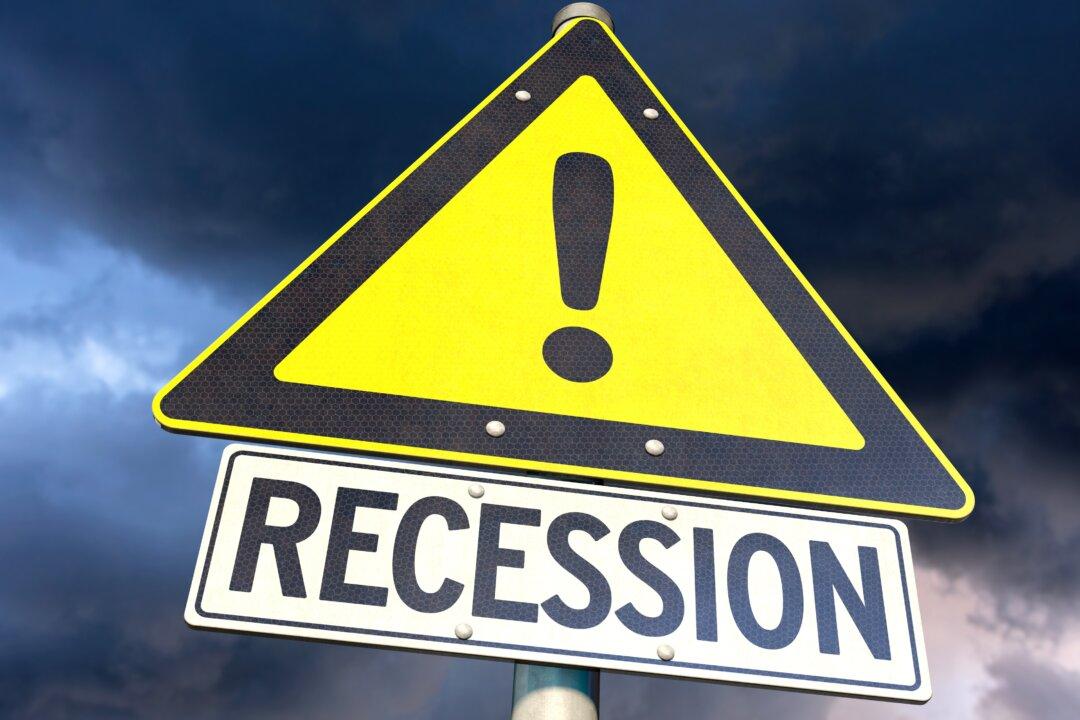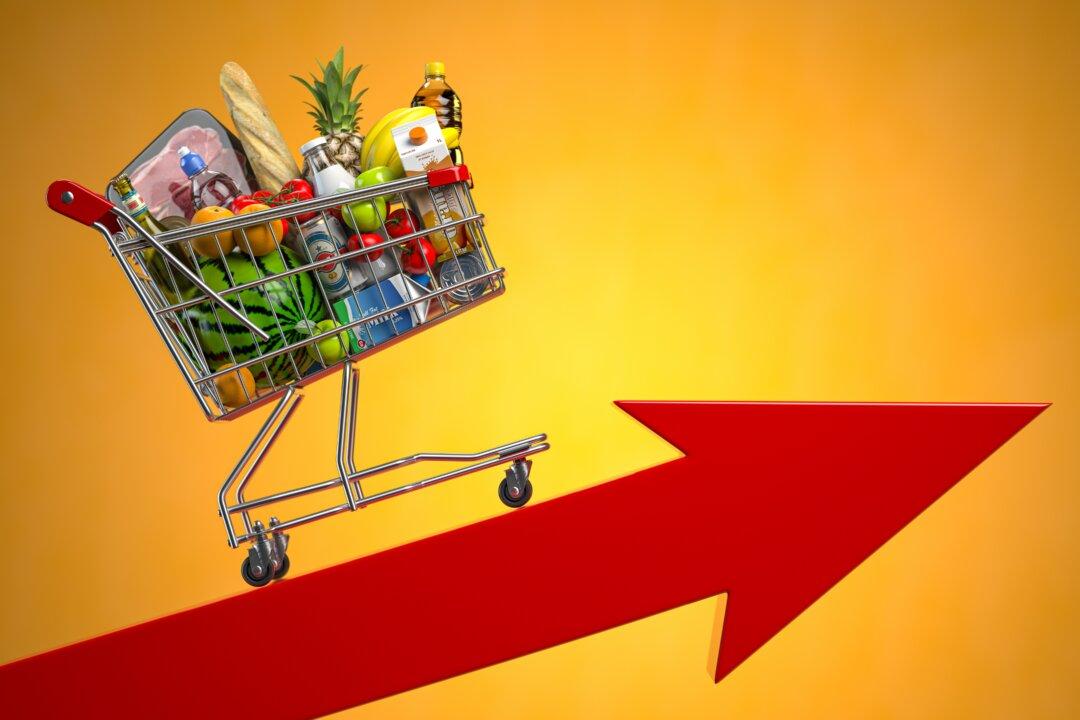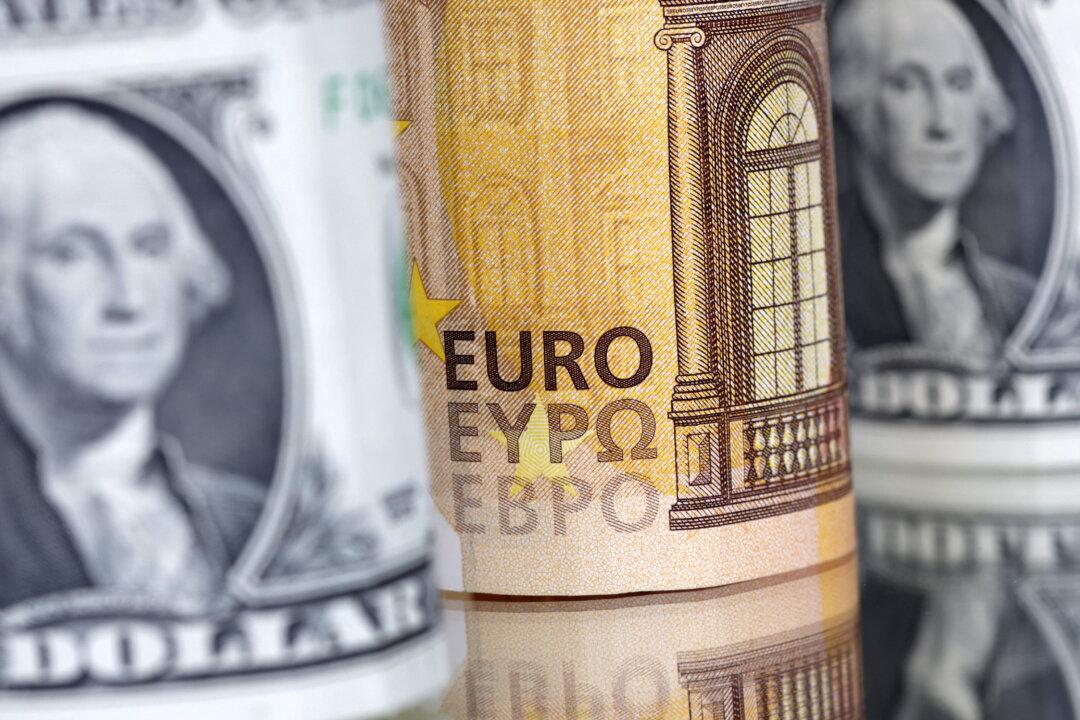Commentary
In the grand scheme, a half-million dollars may not seem like a lot. For a business that runs on relatively thin margins, though, any surprise cost increase can end up making a tremendous difference. So it was for Long John Silver’s circa April 2021. The “Great Ketchup Shortage” had just cost the restaurant chain that five hundred thousand.





